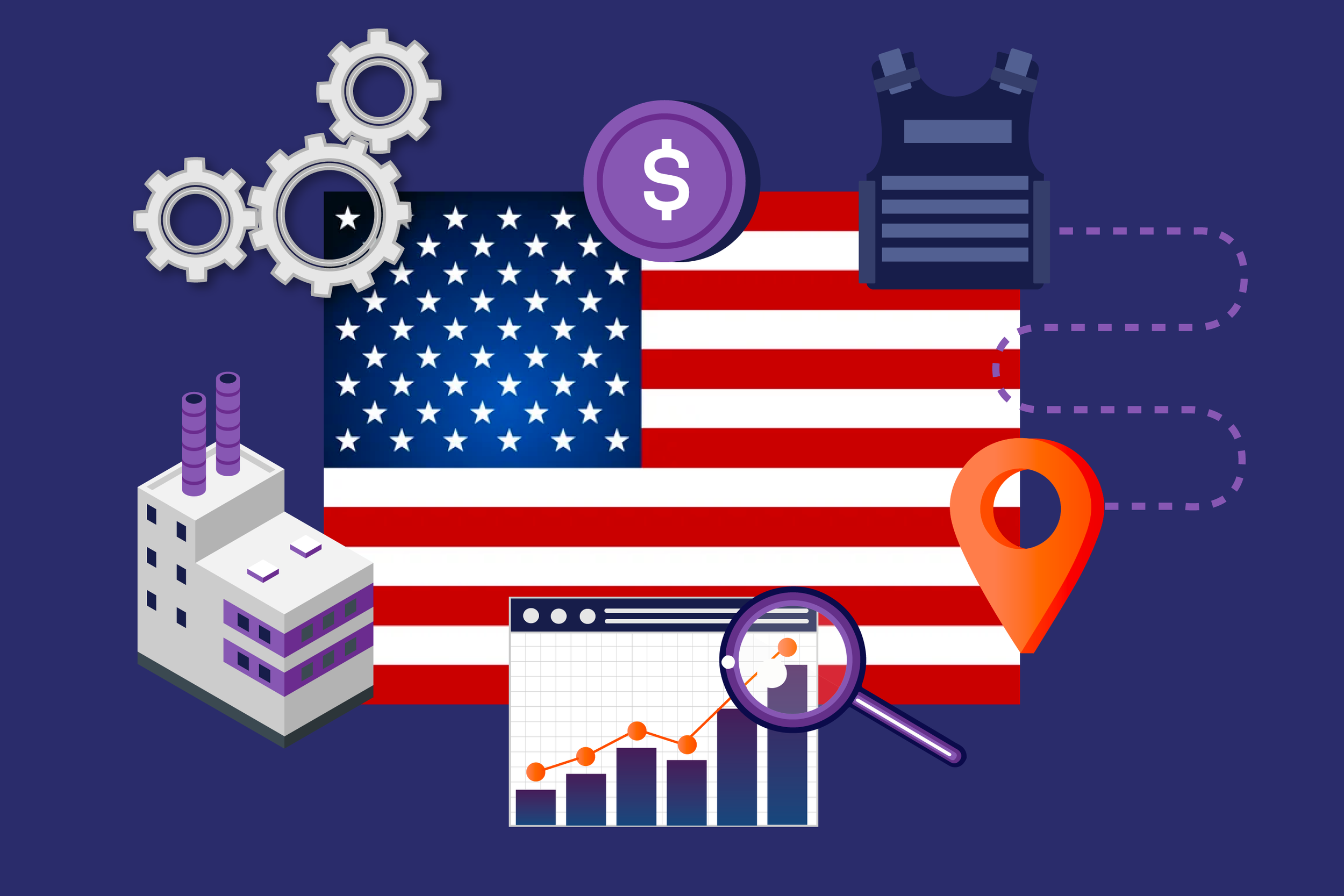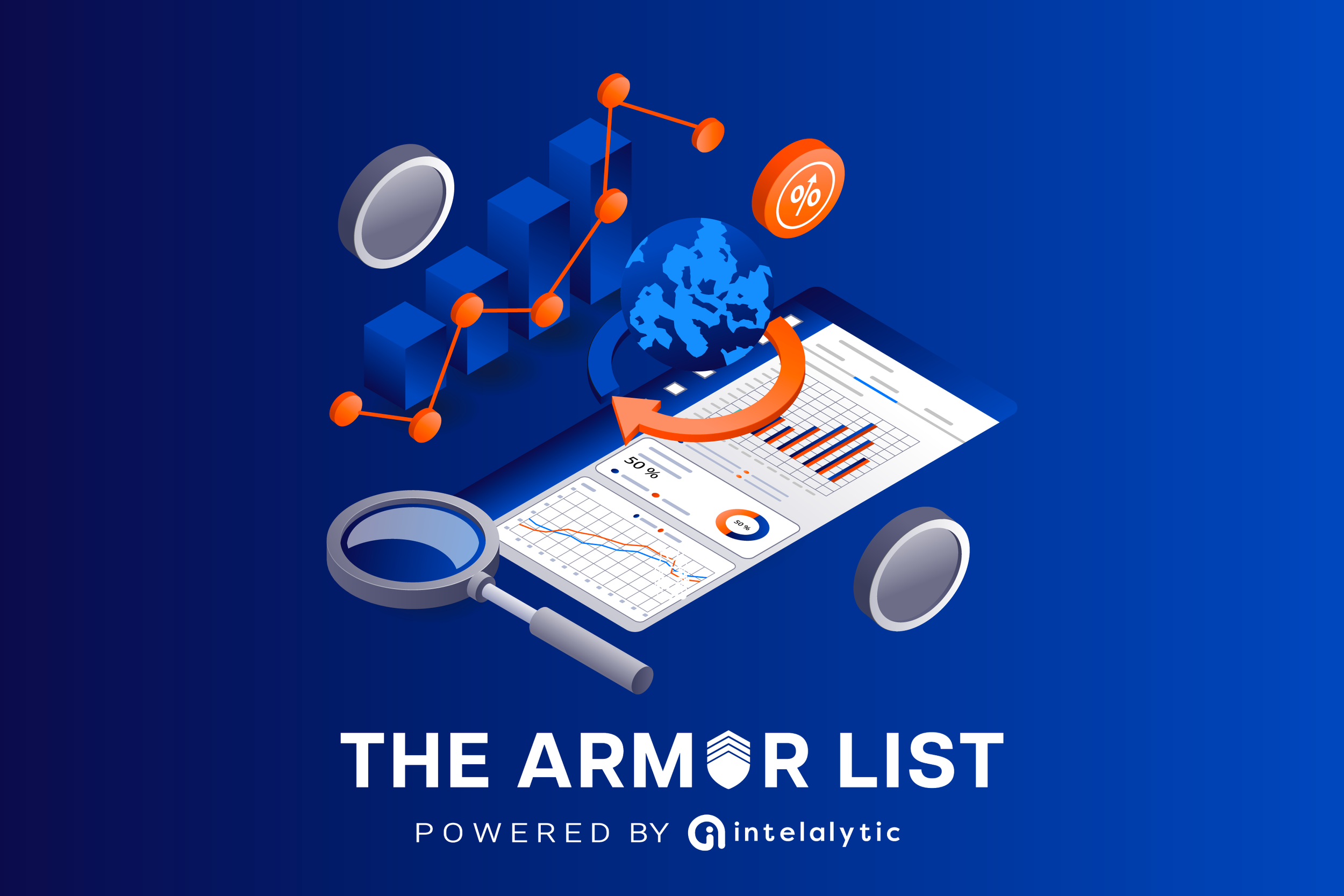Data Analytics: A Critical Tool for Public Safety Suppliers
Data analytics and intelligence are powerful tools that can help suppliers of products and services for public safety agencies to provide more effective solutions and support to their customers.
In this article, we will explore the importance of data analytics and intelligence for public safety suppliers and why these tools are becoming increasingly essential for the industry.
Identifying Emerging Trends and Threats
One of the most significant benefits of data analytics and intelligence for public safety suppliers is the ability to identify emerging trends and potential threats in real-time. By leveraging data from multiple sources, suppliers can gain a real-time view of what is happening in their customers' communities. This can help them to respond more quickly and effectively to new types of emergency situations, such as developing new technologies or adapting existing solutions to address the issue.
By analyzing data on response times, resource allocation, and equipment usage, suppliers can also identify areas for improvement and develop strategies to address them. Data analytics can help suppliers to identify emerging threats such as natural disasters, terrorist attacks, or pandemics. By analyzing data from multiple sources, including social media, news reports, and weather data, suppliers can gain a more complete understanding of the risks and develop solutions to help first responders prepare for and respond to these threats.
In a real world scenario, consider that during Hurricane Harvey in 2017, data analytics and intelligence were used to identify emerging threats and trends to public safety. By analyzing data from multiple sources, including social media, sensor networks, and emergency call data, suppliers of equipment and services for public safety first responders were able to gain a real-time view of what was happening in the affected areas. This allowed them to respond more quickly and effectively to the disaster.
For example, data analytics helped first responders to identify areas where they needed to focus their efforts and allocate resources more effectively. By analyzing data on traffic patterns, public safety companies were able to identify the areas where they needed to deploy more resources and those where they could deploy fewer resources. This helped to reduce response times and improve outcomes.
The use of data analytics also helped first responders to anticipate and prepare for the emergency by analyzing data on weather patterns, natural disasters, and other relevant factors. This allowed them to develop proactive strategies to address potential threats and improve their decision-making processes during the crisis.
Reducing Response Times
Data analytics and intelligence are also effective in reducing response times for public safety suppliers. By leveraging data from multiple sources, such as social media, CCTV footage, and emergency calls, suppliers can allocate resources more effectively, respond to incidents more quickly, and reduce the risk of harm to both the public and first responders.
Reducing response times is a critical aspect of public safety for first responders. By analyzing data on emergency calls, public safety companies can identify the fastest route to an incident, reducing response times and improving outcomes. Data analytics can also help first responders to respond more quickly to emergencies by analyzing data on weather patterns or natural disasters, public safety companies can anticipate and prepare for emergencies, reducing the risk of harm to both the public and first responders.
Below are some real world examples in bullet points of how data analytics are working to save time, money, and lives from the perspective of the first responders who utilize them daily.
By analyzing traffic patterns and GPS data, first responders can optimize the routing of emergency vehicles to minimize response times.
Social media analytics can help first responders identify emergency situations and dispatch first responders more quickly.
CCTV footage can be analyzed to identify potential threats and enable first responders to arrive on the scene more quickly.
Predictive analytics can help first responders anticipate emergency situations, allowing them to proactively deploy resources to high-risk areas and reduce response times.
By analyzing data on emergency calls, first responders can identify trends and patterns in incidents and allocate resources more effectively.
Data analytics can help first responders improve situational awareness, allowing them to respond more quickly and effectively to emergency situations.
By analyzing weather patterns and natural disasters, first responders can prepare in advance for emergency situations, reducing response times and improving outcomes.
Improving Resource Allocation
Data analytics and intelligence can benefit suppliers of equipment and services for public safety first responders by optimizing their resource allocation. By analyzing data on emergency calls, crime statistics, and other relevant factors, suppliers can ensure that they are producing and delivering products where they are most needed. This can help to reduce costs and ensure that resources are deployed where they are most needed.
This data can even help suppliers of body armor to identify emerging trends and potential threats. By analyzing data on news reports, social media, and other sources, suppliers can gain a better understanding of the evolving needs and preferences of their customers. This can help them to develop new products that address emerging threats or adapt existing products to meet changing customer needs.
Enhancing Predictive Capabilities
Data analytics has also become an essential tool for engineering firms in various fields such as civil, mechanical, and electrical engineering. By leveraging data analytics, these firms can streamline their operations, optimize project management, and improve decision-making.
In civil engineering, data analytics is used to design and maintain infrastructure, such as bridges and roads. By analyzing data on traffic patterns, weather conditions, and construction materials, engineers can design infrastructure that is safer, more efficient, and more durable. Data analytics can also help with project management by optimizing the scheduling and allocation of resources, reducing costs, and improving project timelines.
In mechanical engineering, data analytics is used to optimize the design and maintenance of machinery and equipment. By analyzing data on performance metrics, such as temperature, pressure, and vibration, engineers can identify potential issues before they become significant problems. This can help to reduce downtime, increase equipment lifespan, and improve safety.
In electrical engineering, data analytics is used to optimize the design and performance of electrical systems. By analyzing data on energy consumption, voltage, and current, engineers can design systems that are more energy-efficient, reduce costs, and improve reliability. Data analytics can also help to identify potential risks and issues before they cause equipment failure or power outages.
Some examples of how engineering firms are using data analytics include:
In civil engineering, the Tennessee Department of Transportation uses data analytics to improve the safety of bridges. By analyzing data on traffic patterns, weather conditions, and other factors, engineers can identify potential issues with bridges and address them before they become significant problems.
In mechanical engineering, General Electric uses data analytics to optimize the performance of its aircraft engines. By analyzing data on engine performance and maintenance, engineers can identify potential issues and make adjustments to improve efficiency and safety.
In electrical engineering, the New York Power Authority uses data analytics to monitor the performance of its power grid. By analyzing data on energy consumption, voltage, and current, engineers can identify potential issues before they cause power outages or equipment failure.
Overall, data analytics has become a critical tool for engineering firms to optimize their operations and improve their products and services.
Improving Decision-Making
Improving decision-making is another critical benefit of data analytics and intelligence for public safety companies like yours. By analyzing data from multiple sources, you can gain a more complete understanding of the challenges you face, allowing you to make more informed decisions about how to allocate resources, respond to incidents, and improve outcomes.
This can include identifying the root causes of criminal activity and developing strategies to address them, allocating resources more effectively based on crime rates and emergency calls, making informed decisions during emergencies by analyzing weather patterns and traffic data, evaluating the effectiveness of interventions, and sharing information more effectively with other agencies and stakeholders.
Furthermore, data analytics and intelligence can also help public safety companies to optimize their budget allocation and increase their return on investment. By analyzing data on sales performance, customer feedback, and inventory management, companies can gain insights into what is working well and what needs improvement. This information can be used to make strategic decisions about product development, pricing, and marketing, helping companies to stay ahead of the competition and better serve their customers.
Finally, data analytics and intelligence can play a crucial role in improving communication and collaboration between different public safety agencies and organizations. By standardizing data collection and sharing protocols, stakeholders can share information in a timely and accurate manner, allowing them to make more informed decisions and improve outcomes for their communities.
In conclusion, data analytics and intelligence are critical tools for public safety companies to improve their operations and better serve their communities. By leveraging data from multiple sources, companies can identify emerging trends and potential threats, reduce response times, optimize resource allocation, enhance predictive capabilities, and improve decision-making. As the importance of data analytics and intelligence continues to grow, it is crucial for companies to embrace these tools and develop the skills and expertise needed to leverage them effectively. This will enable them to better serve their communities and help keep people safe in an ever-changing world.
Final Thoughts on How You Can Put Data Analytics to Use
As a public safety supplier, it is essential to leverage data analytics and intelligence to stay ahead of the competition and provide more effective solutions and support to your customers. Here are some actionable steps you can take to start benefiting from these powerful tools:
Assess your current data collection and analysis processes to identify areas for improvement and potential gaps.
Invest in the necessary technology and tools to collect and analyze data from multiple sources, including social media, news reports, and weather data.
Train your employees to use data analytics and intelligence effectively, including how to interpret and analyze data, identify trends and patterns, and make informed decisions based on the insights gained.
Collaborate with public safety agencies and organizations to standardize data collection and sharing protocols, improve communication and collaboration, and focus on the enhancement of their ability to respond to emergencies and other threats.
Engage with IntelAlytic to support your data analytics and intelligence needs, including customized solutions tailored to your specific requirements.
By implementing these steps, you can start leveraging data analytics and intelligence to identify emerging trends and potential threats, reduce response times, optimize resource allocation, enhance predictive capabilities, and improve decision-making. Don't be left behind in this data-driven world. Contact IntelAlytic today to learn more about how we can help you achieve your goals and keep people safe.




